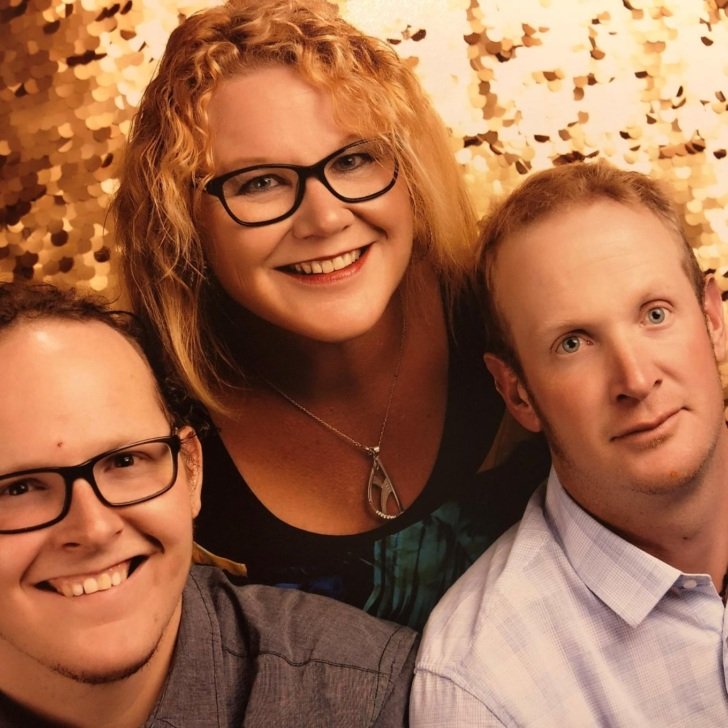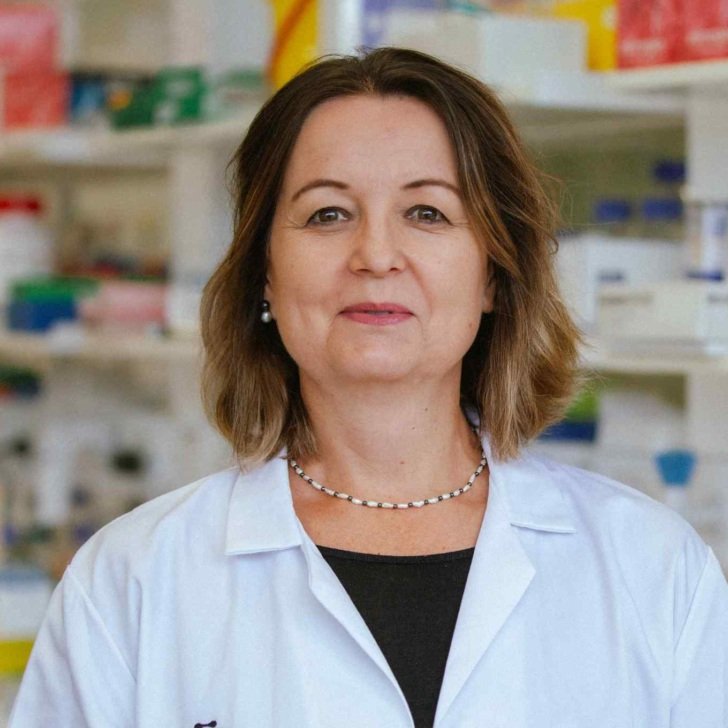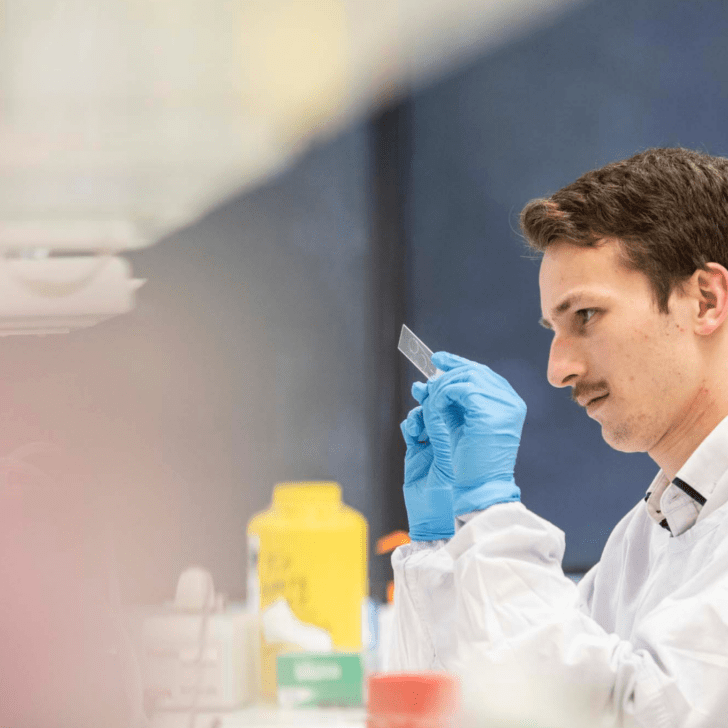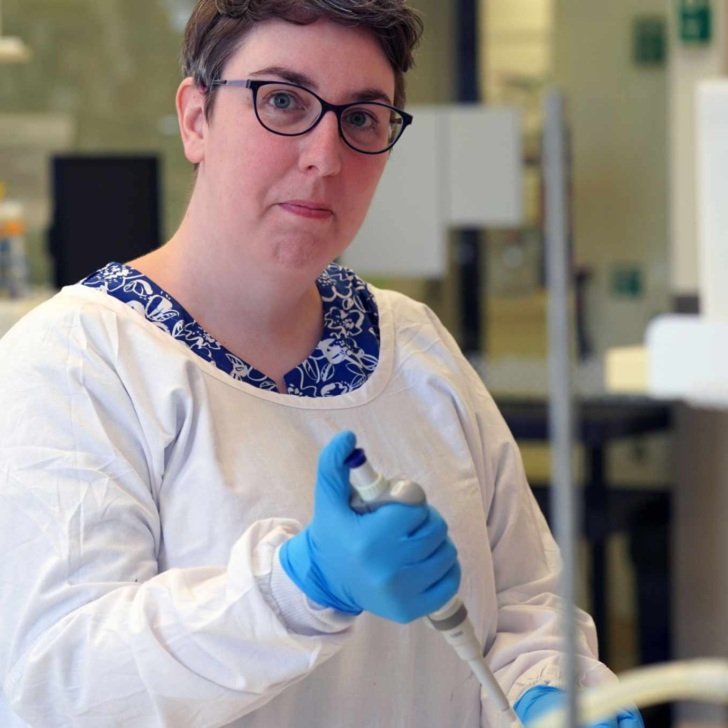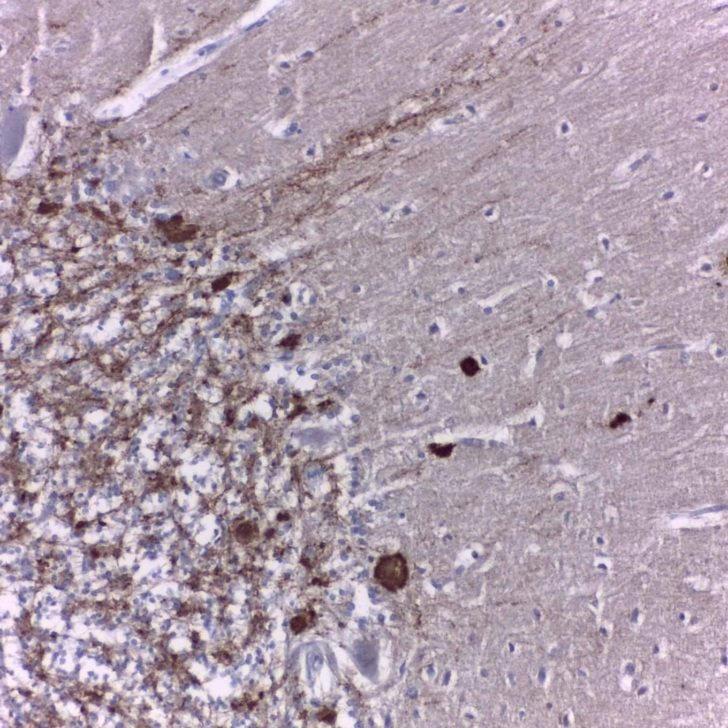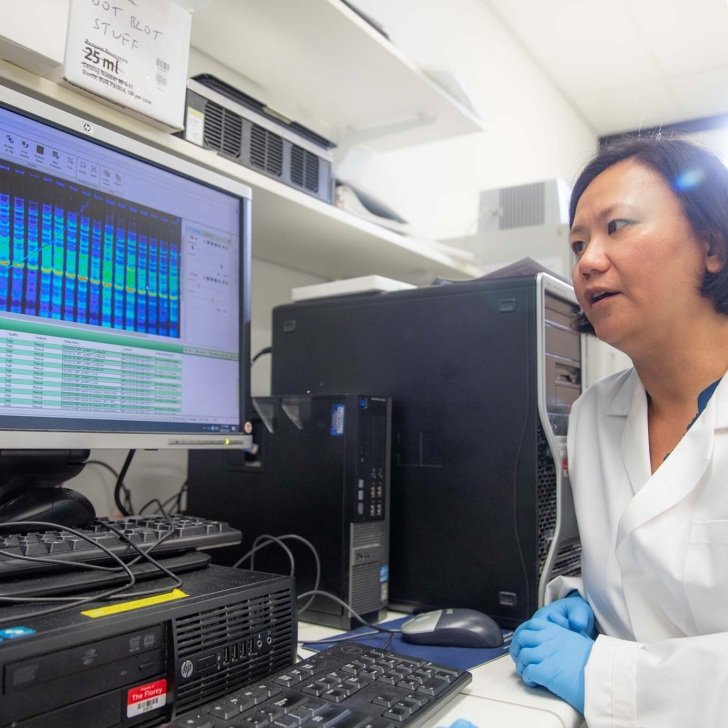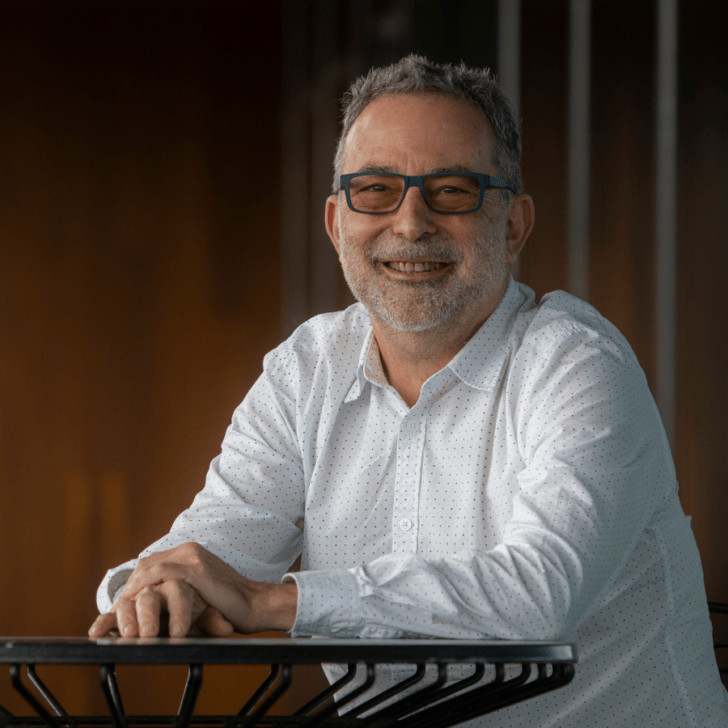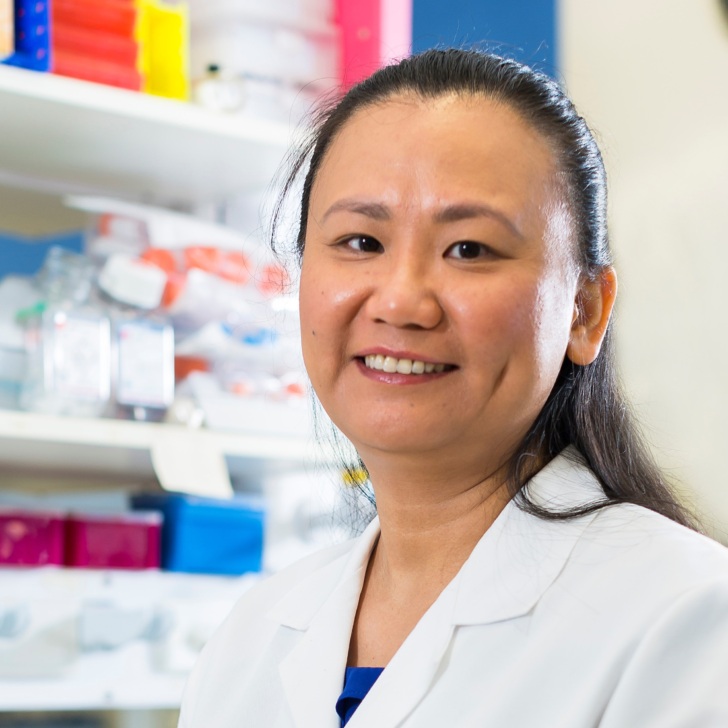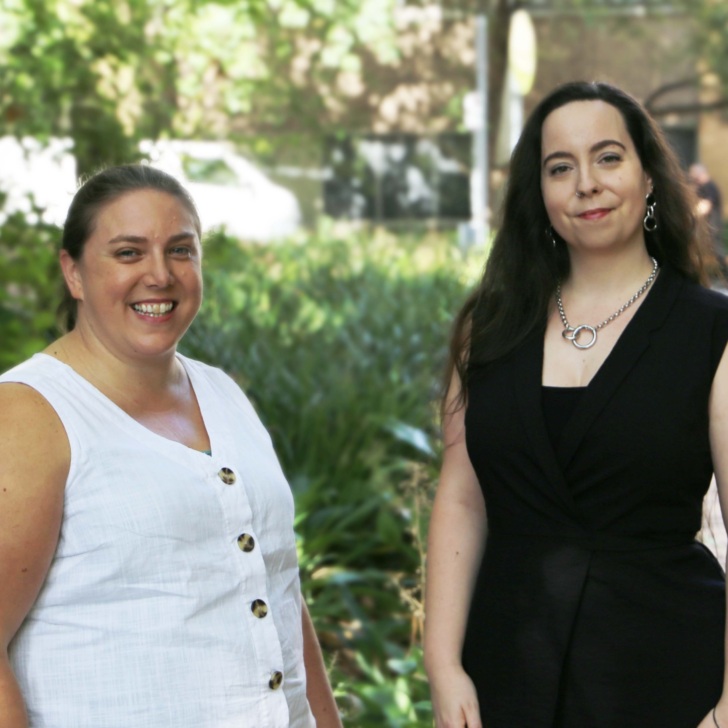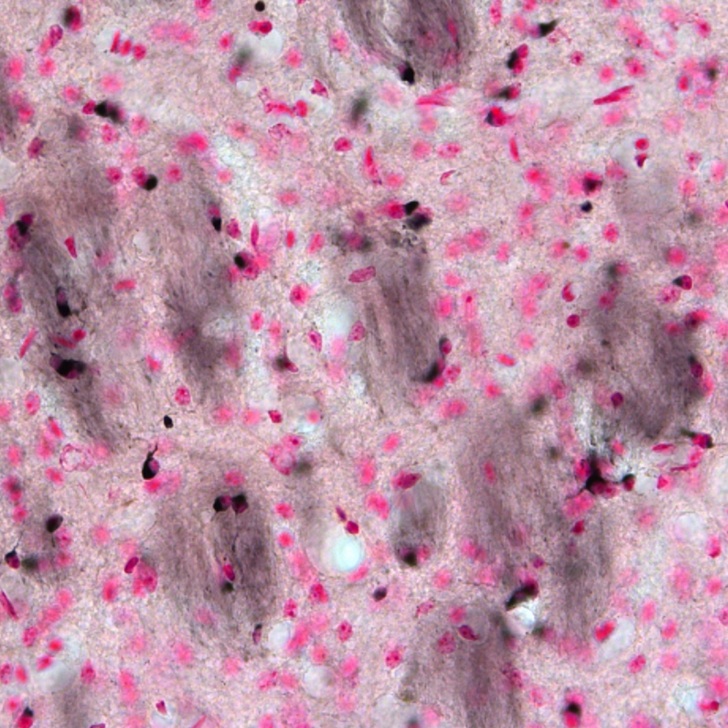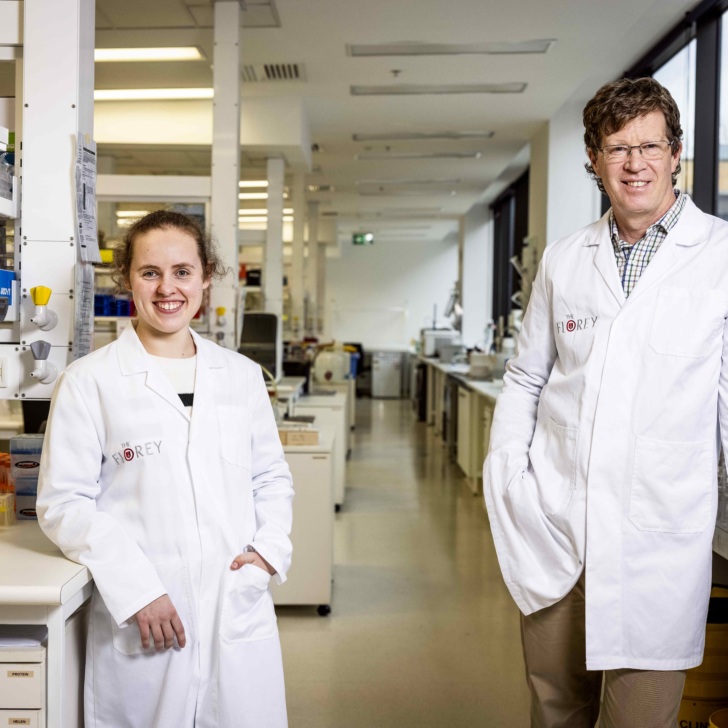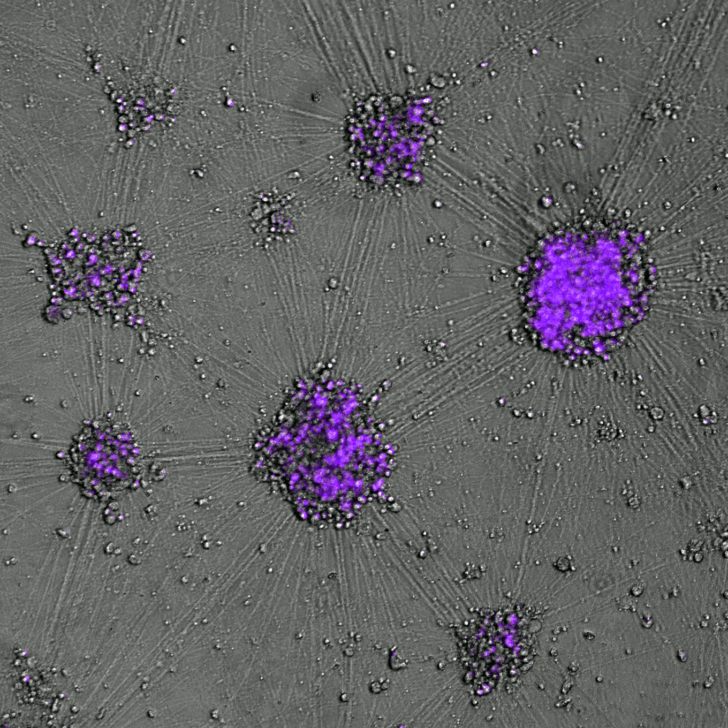
Rare diseases
Rare diseases are life-threatening or chronically debilitating disorders that affect fewer than 1 in 2000 people.
Although the occurrence of each individual condition may be low, more than 2 million Australians are living with a rare disease (Australian Government, Department of Health). These diseases often involve many complex symptoms and require a range of specialised treatments.
Around 80% of rare diseases are genetic in origin and the onset of symptoms can range from early childhood to adulthood. The impact of a rare disease on a person’s life and their family can be devastating. Diagnosis can often take time and for many of these diseases there are no effective treatments or cures.
How The Florey is making a difference
The Florey is committed to brain and mind research that improves our understanding of rare diseases and provides new ways to improve the diagnosis, treatment and prevention options available for people living with rare diseases and their families.
Baker-Gordon Syndrome
Baker-Gordon Syndrome is a rare neurodevelopmental disorder. There are currently only 50-100 children worldwide known to have this disorder, but advances in genetic testing and an improved understanding of the disorder is paving the way for improved diagnosis. Children with Baker-Gordon Syndrome can experience developmental delay, involuntary movement, poor or no speech and behavioural difficulties. Baker-Gordon Syndrome is caused by genetic variants in a gene called SYTI, which leads to impaired communication between brain cells. Dr Sarah Gordon and her research team at the Florey, alongside her collaborator Dr Kate Baker in Cambridge, are working to better understand what is causing this disorder, to speed up diagnosis and improve clinical management. Dr Gordon’s team are investigating novel treatment options that can potentially enhance neural communication between brain cells.
Creutzfeldt-Jakob disease (CJD)
A rare human form of one of the transmissible spongiform encephalopathies (TSE), also referred to as prion disease. Prion disease can occur as a chance event but can also be found in rare causes attributed to a genetic mutation or be acquired through a transmission event. Professor Colin Masters and Professor Steven Collins host the Australian National CJD registry which conducts diagnostic testing, national surveillance, notifications and public health risk assessments in VIC, NSW and QLD, provide expert advice to the national incident panel for infection control and education to clinicians.
HCN1 gene-related epilepsy
A rare genetic epilepsy that affects young children including babies who can have up to 20 seizures a day, as well as severe developmental delays. The drugs used to control the seizures can also have substantial side effects including irreversible eye and liver damage. Professor Chris Reid and Dr Lauren Bleakley have created a mouse model of one of the mutations in the HCN1 gene which causes epilepsy, and are using this model to investigate how these mutations cause seizures and to determine the best ways of treating this condition.
Kennedy’s disease
An inherited neuromuscular disorder that causes progressive muscle weakness and wasting throughout the body. Eventually, most people with Kennedy’s disease are wheelchair-bound and it can also cause speech and swallowing difficulties. This disease affects adults and the onset is usually between the ages of 30 and 50. Although only affecting men, women can be carriers of the gene. Currently, there is no treatment or cure for this condition. Professor Turner and his team are investigating how next-generation DNA designer drugs called antisense oligonucleotides (ASOs) could be used to target and suppress the androgen receptor gene linked to Kennedy’s disease.
Multiple system atrophy
A rare degenerative disease that affects movement, breathing, blood pressure and other body functions. Multiple system atrophy (MSA) shares many Parkinson’s disease-like symptoms. Around 3,000 people in Australia live with MSA and at present, there is no cure and only very limited treatments for this progressive disease. The average prognosis after receiving a diagnosis of MSA is currently less than 10 years. Professor David Finkelstein works closely with people living with MSA and their families to understand the biological mechanisms underlying MSA and is investigating a viable therapeutic strategy.
Neurofibromatosis
We are trying to understand why autism, ADHD and other cognitive and behavioural issues are more common in those affected by neurofibromatosis than in the general population, and how we can develop new treatments. This research is generously funded by the Flicker of Hope Foundation.
Niemann-Pick disease type C
A rare genetic disease that affects the brain, liver, spleen, bone marrow and lungs. Niemann-Pick Disease Type C (NP-C) affects the body’s ability to metabolise fats and leads to cell malfunction. The condition can cause progressive neurological damage, leading some to refer to it as ‘childhood dementia’. At present, there is no cure and only very limited treatments for this progressive disease. Dr Ya Hui Hung works closely with lived experience advocates and their families to investigate better treatments for this condition.
More information
Further support for people with rare diseases and their families can be found at Rare Voices.
Latest news
Latest Florey news on Rare diseases
